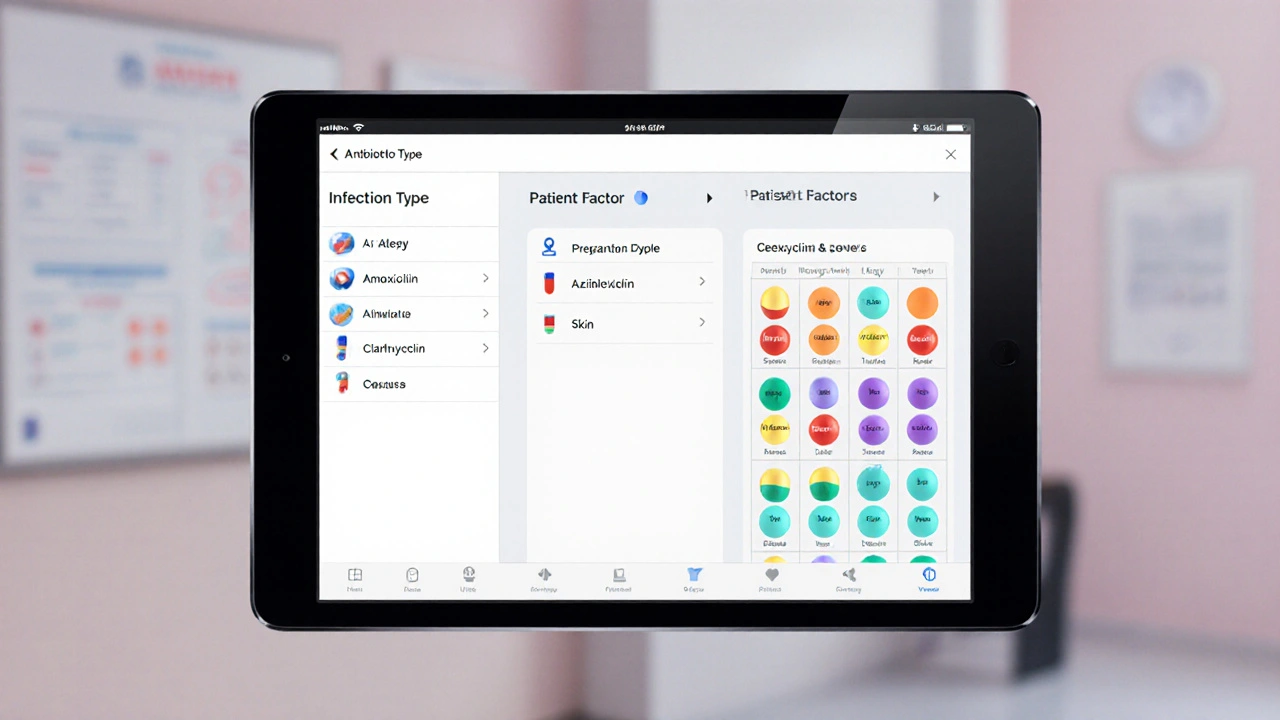Antibiotic Comparison
When you hear the term Antibiotic Comparison, the systematic evaluation of antibiotics based on class, effectiveness, side effects, and dosing. Also known as antibiotic evaluation, it helps clinicians and patients pick the right drug. Alongside this, Antibiotic Classes, groups such as penicillins, macrolides, tetracyclines that share a mechanism of action. Understanding these groups is the first step before you even look at a specific pill.
Why Comparing Antibiotics Matters
Every infection carries its own risk profile, and misuse fuels Antibiotic Resistance, the ability of bacteria to survive drugs that once killed them. Resistance isn’t just a buzzword; it directly impacts treatment success and future options. By comparing drugs side‑by‑side you can spot which ones are still effective against common bugs and which are losing ground. This knowledge also protects you from unnecessary side effects and costly hospital stays.
Choosing the right drug also hinges on proper Dosage Guidelines, the recommended amount, frequency, and treatment length for a given infection. Too low a dose fails to clear the bug, while too high a dose raises toxicity risk. Most guidelines list the minimum effective dose that balances safety and speed of recovery, so having those numbers handy speeds up decision‑making.
National Clinical Guidelines, evidence‑based recommendations from bodies like IDSA or CDC compile all that data into easy‑to‑follow charts. They rank antibiotics by spectrum, safety, cost, and resistance trends. When you follow a guideline, you’re borrowing the collective experience of thousands of physicians, which cuts down guesswork and improves outcomes.
Our own collection shows how these principles play out in real cases. For instance, a Minocycline vs Doxycycline side‑by‑side review reveals that both belong to the tetracycline class, but Minocycline often carries higher dizziness risk, while Doxycycline is usually better for long‑term acne therapy. Another article pits Panmycin (a tetracycline) against newer options, highlighting its narrow spectrum but low cost. Even antiviral comparisons like Aciclovir vs Valacyclovir follow the same logic—class, dosing, side effects, resistance—so the framework stays consistent.
When you sit down to pick an antibiotic, ask yourself four questions: What bug am I treating? Which class hits that bug best? What side‑effect profile matches the patient’s health history? And does the chosen drug still work in my region’s resistance landscape? Answering these points narrows the list to one or two candidates, making the final choice straightforward.
Below you’ll find a curated set of articles that walk through specific drug pairings, explain when each wins, and offer practical tips for safe use. Whether you’re a clinician looking for a quick refresher or a patient trying to understand your prescription, the collection gives you concrete comparisons to base your next move on.
Co‑Amoxiclav vs. Alternatives: Which Antibiotic Is Best?
A practical comparison of Co‑Amoxiclav with common oral antibiotics, covering effectiveness, side‑effects, dosing, and when each option is best.
Read more
